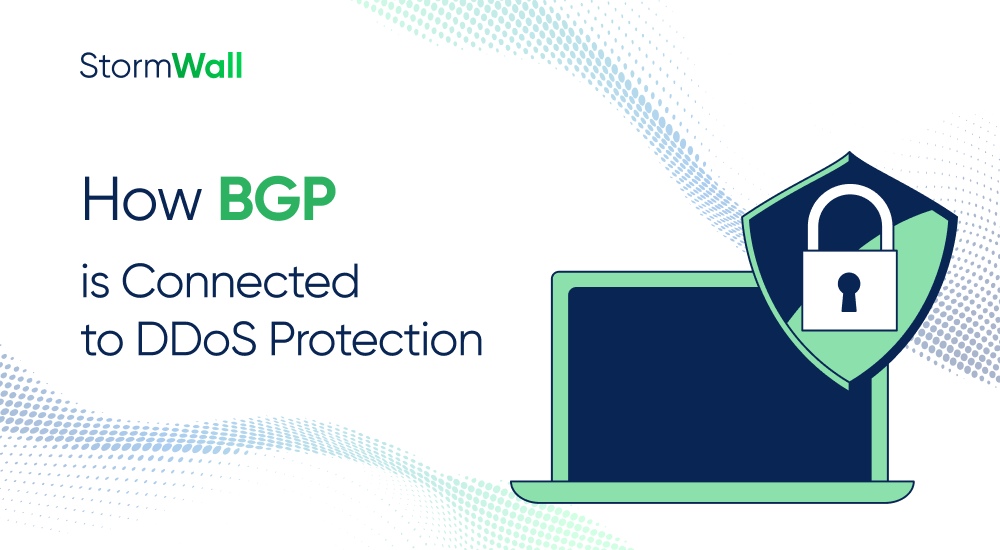The Border Gateway Protocol (BGP) is a dynamic routing protocol that acts as a “road map” for data traveling across the internet. It helps determine the best path to deliver information quickly and reliably to its destination. While this sounds straightforward, in practice, it’s much more complex.
So, how does BGP work, and how does it help protect companies from DDoS attacks? Let’s break it down.

A Quick History Lesson
BGP, one of the most important internet routing protocols, was developed in 1989 by two programmers working at IBM and Cisco.
Think of the internet as a massive city with countless roads. In this analogy, BGP is the city’s traffic controller. It knows every possible route and always chooses the best one at the moment.
This “city” is divided into “districts”—interconnected IP networks called Autonomous Systems (AS). Each AS is managed by specific operators under unified internet rules.
BGP connects these Autonomous Systems via “highways,” constantly collecting and analyzing traffic conditions. For instance, if one route is congested, BGP automatically chooses an alternative to avoid delays and ensure your data gets where it needs to go as quickly as possible.
Read more: how the BGP protocol works.
BGP’s Role in DDoS Mitigation
DDoS attacks (Distributed Denial of Service) aim to overwhelm a target’s resources by bombarding it with massive amounts of traffic. These attacks can take down businesses, block access to essential services for clients and employees, and cause significant reputational and financial damage.
This is where BGP becomes a crucial tool. Using this protocol, malicious traffic can be rerouted away from the target. One common method is ‘blackhole routing’, which redirects malicious traffic to a ‘black hole,’ effectively discarding it.
However, this “blackhole routing” method has its downsides. It can also block legitimate traffic, akin to using antibiotics that harm both harmful and healthy processes.
A more effective approach is to redirect traffic to a DDoS protection provider. Using BGP, the provider can filter out harmful traffic before it ever reaches the target server.
The provider does this by processing incoming traffic in specialized scrubbing centers located worldwide. The more centers there are—and the closer they are to the source of the DDoS attack—the faster the traffic can be cleaned.
BGP in Action: A Real-World Example
In 2020, Africell, a mobile operator serving 12 million users, was hit by a series of DDoS attacks. The constant surge of both legitimate and malicious traffic threatened the quality of their service and the security of their network. To address the issue, Africell partnered with StormWall.
We provided them with a comprehensive BGP-based solution that automatically detected and blocked malicious traffic without disrupting their operations. This allowed Africell to withstand the attacks and maintain uninterrupted network performance, even under extreme traffic loads. Their reputation—and customer trust—was preserved.
This case shows how BGP can be a powerful tool in protecting businesses from cyber threats. When used effectively, it not only defends against attacks but also lays the foundation for stable and successful growth.

Network Protection from DDoS Attacks
- Activate protection within 10 minutes
- 24/7 technical support




















